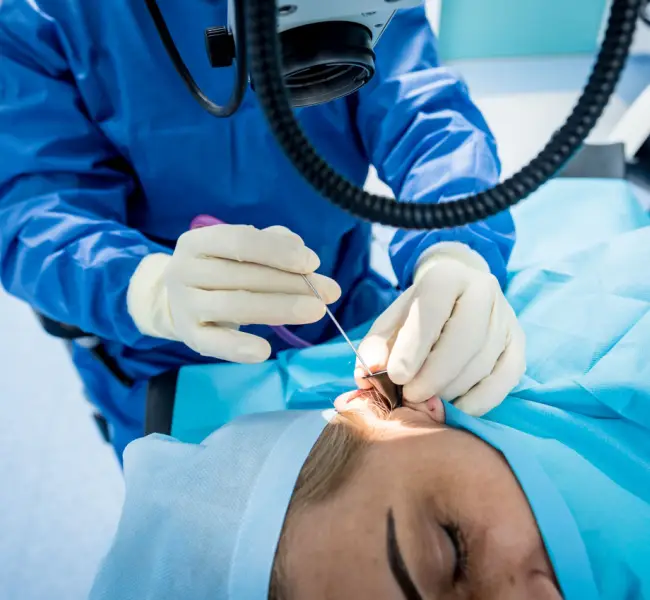What is tympanoplasty?
Tympanoplasty also known as perilymph fistula surgery. It is a surgical procedure which is used to repair the perilymph fistula. Eardrum (tympanic membrane) will be reconstructed from cartilage taken from the body during this procedure. Eardrum is the tissue that separates the ear canal and middle ear. When eardrum tears or ruptures, it creates a hole in the eardrum tissue. This hole prevents the vibrating of your eardrum, which could impact hearing abilities. The main goal of this procedure is not just to close the perforation but also to improve hearing.















